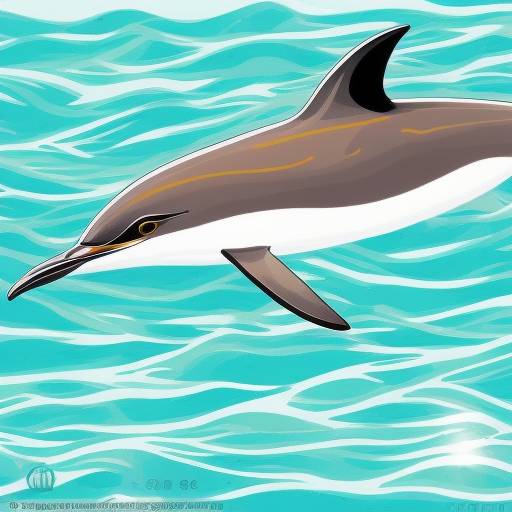How does photosynthesis work?
- Photosynthesis
- Chloroplasts
- Glucose
- Oxygen
- Carbon dioxide
Photosynthesis is the process by which plants convert sunlight, water, and carbon dioxide into glucose and oxygen. This process occurs in the chloroplasts of plant cells. The energy from sunlight is used to convert carbon dioxide and water into glucose, while oxygen is released as a byproduct.
Sources:
- https://en.wikipedia.org/wiki/Photosynthesis
- https://www.britannica.com/science/photosynthesis
- https://www.nationalgeographic.org/encyclopedia/photosynthesis/
- https://www.khanacademy.org/science/biology/photosynthesis-in-plants
- https://www.sciencedaily.com/terms/photosynthesis.htm
Sources & Related Links
What do you think?
😲0🤯0😞0😢0😡0
Recommended similar questions on the topic
Other related questions & answers
Download image
How does photosynthesis work?
Free to use under free culture license
You can download the image completely free of charge and use it under the Creative Commons license. We are happy about a reference to AInswer as source/originator.
Download imageAttribution 4.0 International (CC BY 4.0)
- Share — copy and redistribute the material in any medium or format.
- Adapt — remix, transform, and build upon the material for any purpose, even commercially.
- Attribution on publication — Reference or link to AInswer.net



























